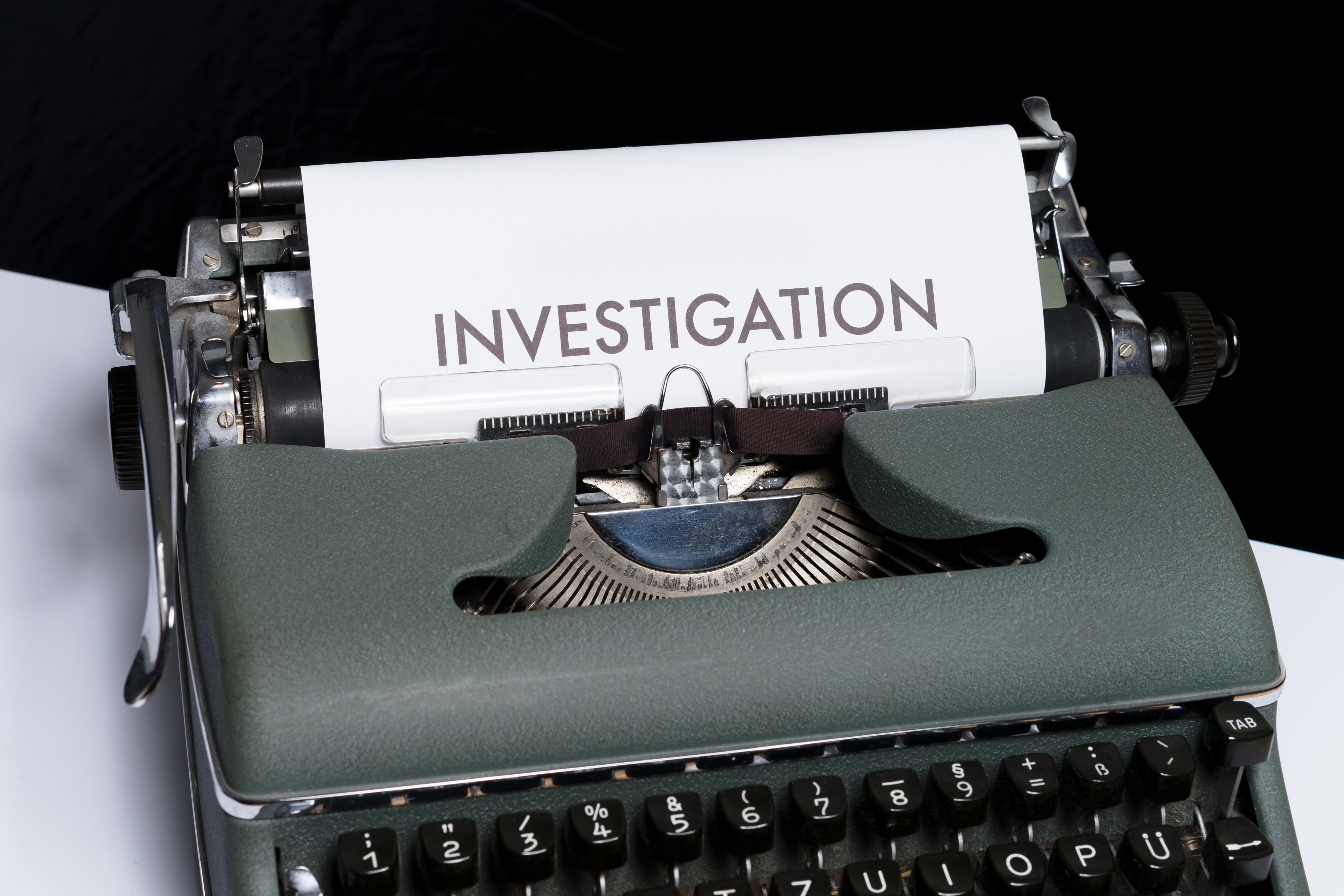A Case Study which shows why workplace investigations are essential when there is ongoing conflict
 I was recently asked to carry out a workplace investigation in the health industry. It involved a conflict situation within a team of employees. The HR Manager was at her wit’s end because whatever the organisation had tried to do to fix the problem had seemed to inflame the situation even more. The team comprised a manager and his team of employees. There were varying accounts of the cause of the issues, and I was brought in to get to the bottom of it.
I was recently asked to carry out a workplace investigation in the health industry. It involved a conflict situation within a team of employees. The HR Manager was at her wit’s end because whatever the organisation had tried to do to fix the problem had seemed to inflame the situation even more. The team comprised a manager and his team of employees. There were varying accounts of the cause of the issues, and I was brought in to get to the bottom of it.
I met with each team member individually to get their perspective of the situation. A few of them stated that the manager was an unempathetic character who was a bully as he regularly criticised employees for no reason. He expected them to work unreasonable shifts and did not have the required number of employees on the floor at any one time, which meant they were all overworked and overburdened. However, when I tried to get instances or examples of the bullying behaviour, the allegations were extremely vague. No one was able to provide specific examples, which was a red flag to me.
On the face of it, it seemed clear that the problems lay with the manager. When I interviewed the manager, however, he showed me the schedules and shifts of the employees, and it was clear that the employees were given their shifts weeks in advance. While there were problems that cropped up unexpectedly and led to a staff shortage, these instances were few and far between. No verbal or written bullying complaints had been made against the manager and when I interviewed the rest of the team, what came to light was that one employee had taken a strong dislike to the manager. This employee was a very strong personality and had formed a clique within the team. This clique seemed intent on acting up against the manager and making life as difficult as possible for him. Cliques can be very destructive in the workplace and are best nipped in the bud.
The evidence ultimately showed that far from the manager being the bully, this employee was the bully, creating a rift in the team. This rift was having an adverse impact not only on the manager and the team as a whole but also on the care the team was providing to the customers of the organisation, which would ultimately lead to an exposure of organisational risk – both legal and reputational.
The outcome of the investigation was that the employee was given a warning and performance managed. The clique was dismantled, and the team had to learn to work together as a unified unit. It would take time to re-establish trust and respect. However, ultimately, this situation would have carried on for a much longer time and done untold damage to the organisation, had it not called for an external investigation.
Saranne Segal is the Director of Segal Mediation Group in Sydney Australia. She is a workplace mediation and investigation expert and worked as a lawyer prior.




